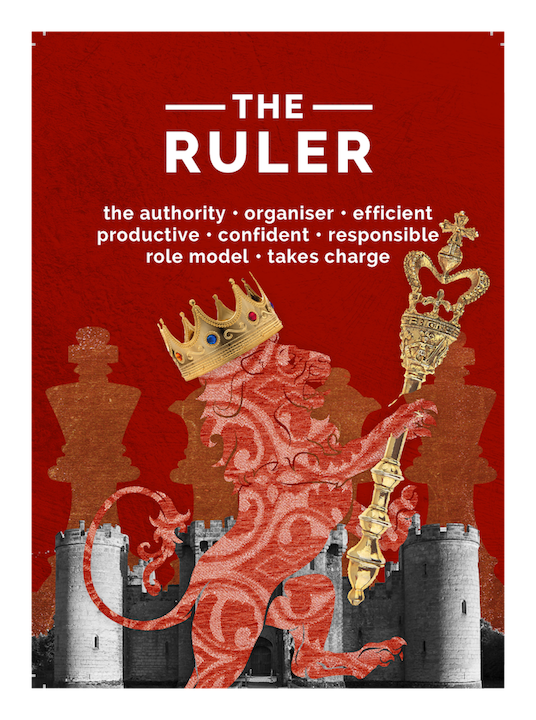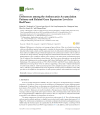
Since US-Taliban negotiations began in early 2019, women’s rights activists and other Afghans in government-held areas have raised concerns about Taliban restrictions in their areas of control and the effect a settlement with the Taliban would have on these rights. It looks at local people’s efforts to bring complaints against Taliban officials and fighters. The report focuses on the everyday experiences of people living in Taliban-held districts and the impact Taliban policies have had on their rights and freedoms, including education information and media and movement. Others interviewed included teachers, doctors, elders, students, and other local residents in Helmand, Kunduz, and Wardak provinces-three of Afghanistan’s 34 provinces in the north, south and center of the country-between January 2019 and April 2020. This report is based on a total of 138 interviews, including 120 in-person interviews with Taliban officials, commanders, and fighters, who in their own words talk about their policies and their reasons for imposing restrictions on communities under their control. This divided state and the prospect of a peace agreement have raised a number of critical questions: What is life currently like under Taliban rule? And what does that say about the protection of fundamental human rights after a peace deal is signed? Taliban officials liaise directly with NGOs and with local Afghan government officials through mediation by elders in the communities and community councils.

Taliban leaders have assumed some oversight of these services and have issued regulations concerning their operations.

Some nongovernmental organizations (NGOs) funded by international donors and working with the Afghan government provide social services, including education and health care, in Taliban-held areas. In these areas, residents abide by a parallel set of government laws and Taliban-imposed regulations. Since the US-led military defeat of the government in late 2001, the Taliban insurgency has not recognized the legitimacy of the Afghan government or the 2004 constitution.Īs of mid-2020, Taliban forces controlled or had significant influence in many provinces and districts of Afghanistan. While in power in Afghanistan in the 1990s, the Taliban’s rights record was characterized by systematic violations against women and girls cruel corporal punishments, including executions and extreme suppression of freedom of religion, expression, and education.

Although the constitution of the Islamic Republic of Afghanistan and the laws enacted in the years since 2002 include many human rights protections, implementation has been poor, including in areas under government control.
#Among the red rulers pdf full
The troop withdrawal is expected to take place in parallel with negotiations between representatives from the Afghan government and other Afghan political groups and Taliban leaders aimed at achieving a political settlement after decades of armed conflict.Īs negotiations advance, they will need to address concerns about protections of fundamental human rights, including the rights of women and girls education freedom of expression and the media due process guarantees as well as ending attacks on civilians and accountability for serious human rights abuses and war crimes.įor this to happen, representatives from human rights and other civil society organizations, including women’s groups and victims’ representatives, should participate in the full range of discussions surrounding the intra-Afghan talks, including in plans for implementation following any agreement. On February 29, 2020, the United States and the Taliban signed an agreement outlining a phased withdrawal of US forces from Afghanistan in exchange for Taliban commitments not to allow attacks on the US or its allies from Afghan territory.


 0 kommentar(er)
0 kommentar(er)
